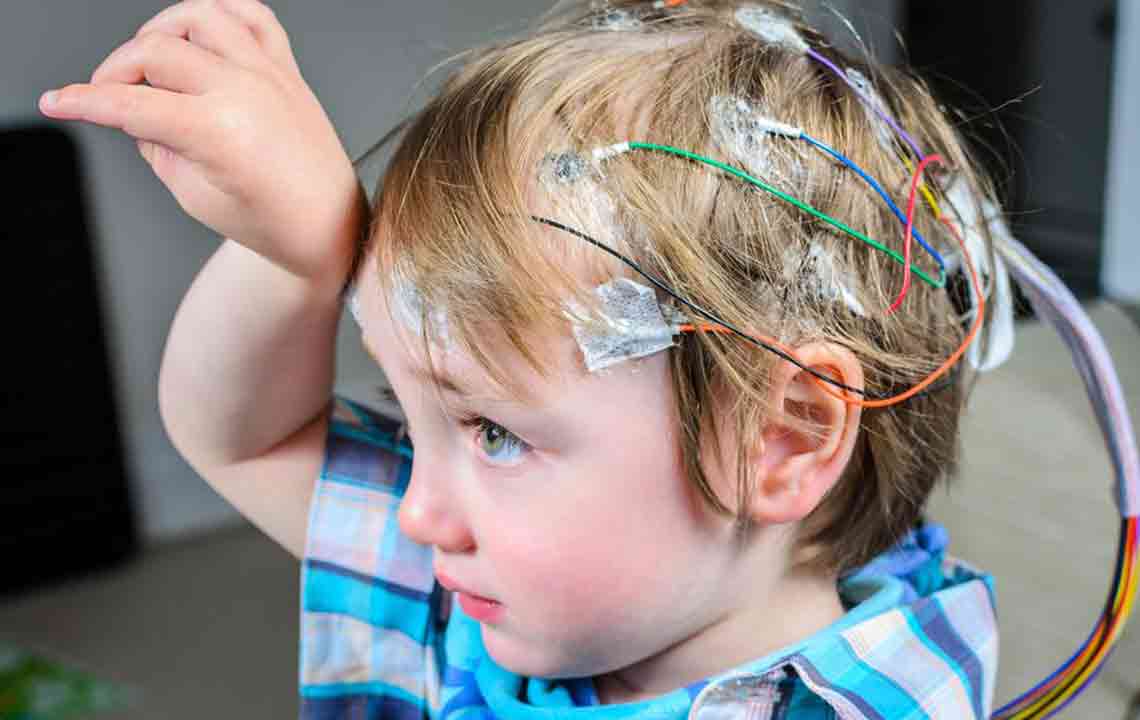Understanding Important Treatment Guidelines for Seizures
A seizure occurs when there is an imbalance in the brain cells that excites and the brain cells that stop the activity. Usually, in our brain, we have cells that excite and cells that stop sending messages to other cells in the brain. It, generally, affects people temporarily, i.e., only for a few minutes. At times, there will be a sudden surge of electrical activity that could cause temporary seizure of activities in the brain.

When does a seizure occur?
– If a patient has suffered a seizure, it is most likely to happen that he will get it within another six months.
– If the cause of seizure can be diagnosed with at most accuracy, he will suffer another seizure for sure.
– If a patient has suffered a seizure two times, he will suffer it another time in the recent future.
– This seizure can become epilepsy if it occurs when the patient’s brain suffers an injury or infection.
Seizure treatment guidelines
We already know that seizure can cause paralysis. However, is it true that it can also cause death in certain cases? Yes, it can, rarely, lead to death if this medical condition prolongs for more half an hour. It can cause death in adults as well as infants, equally. Appropriate and timely treatment can only save lives of such patients. Realizing the situation, the American Epilepsy Society has brought about certain seizure treatment guidelines to treat patients who suffer from a seizure. The main aim of the treatment is to save the patients, who are treated with the help of convulsions, from seizures without any recurrence in the future.
Some patients don’t respond to seizure treatments, while some may respond but have side effects. As per the seizure treatment guidelines, here are mainly two types of treatments: monotherapy and polytherapy. Monotherapy is advisable than polytherapy because the former has lesser side effects than the latter. The polytherapy treatment is costlier than monotherapy when it comes to the cost of treating a patient. Furthermore, the patients who are affected by a seizure may require psychosocial support after they are affected by a seizure.
Even though it is possible to cure seizure using therapies, these patients don’t completely come out of the fear of getting affected by this disease again. Such patients should immediately consult a neurologist or an epileptologist to diagnose the recurrence of the disease. An EEG monitoring can also help to control it. Moreover, consulting the nearest neurosurgical doctor is highly recommended.
Possibility of recurrence
If the patient had only one attack, he doesn’t have to have an anticonvulsant treatment. He has to abstain from drinking alcohol or should have long hours of sleep to prevent it. However, if he had more than one attack, then he has to take anticonvulsant to get cured. The seizure treatment guidelines by the American Epilepsy Society suggest that there are mainly four stages in the treatment process.
- 0–5 minutes after the occurrence of seizure: This phase is called as stabilization phase in which first aid is done to the patient and initial diagnosis of the treatment is made.
- 5–20 minutes after the occurrence of seizure: Medical treatment is required at this stage. This stage is called as initial therapy phase. The doctor has to give the patient benzodiazepine.
- 20–40 minutes after the occurrence of seizure: The second phase of therapy is required when the symptoms indicate that the body responds to the medicine. Doctors usually administer fosphenytoin or valproic or levetiracetam as a part of the treatment.
- 40 minutes after the occurrence of seizure: A third therapy dose is recommended by the doctors when the second phase of the therapy also fails to control a seizure. Anesthetic doses are given to the patients like thiopental, midazolam, propofol, etc. during third therapy phase.
If the severity of the seizure is high, the doctors may go to the third phase skipping the second in case of patients undergoing treatment in the Intensive Care Unit. The reason why doctors give high care and fast treatment is that in case the seizure attack continuous for more than 30 minutes, it could cause a neurologic injury.
In short, a seizure is a medical condition that occurs when there is an increased electrical activity in the brain. This results in the uncontrollable shaking of the whole body to loss of consciousness. Immediate treatment is to be given to cure them. There are different types of therapies to cure this disorder. However, even doctors can’t absolutely say whether these treatments will be effective in preventing this condition. In most of the cases, you have to take medicine to prevent a recurrence. An imbalance in metabolic activities or even genetic reasons may be the factors that trigger a seizure in case of an unprovoked seizure. A provoked attack can happen due to brain injury or stroke.















